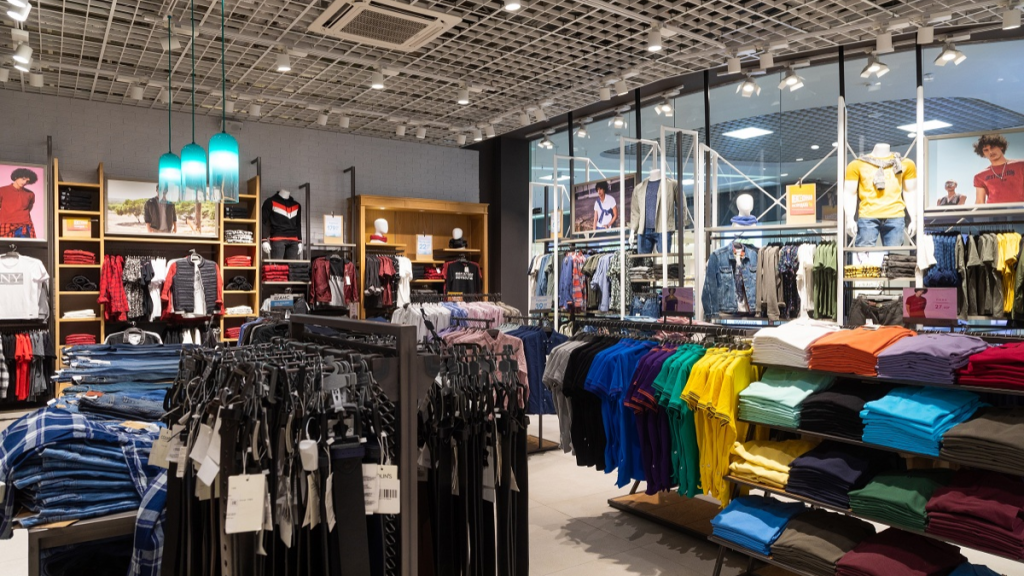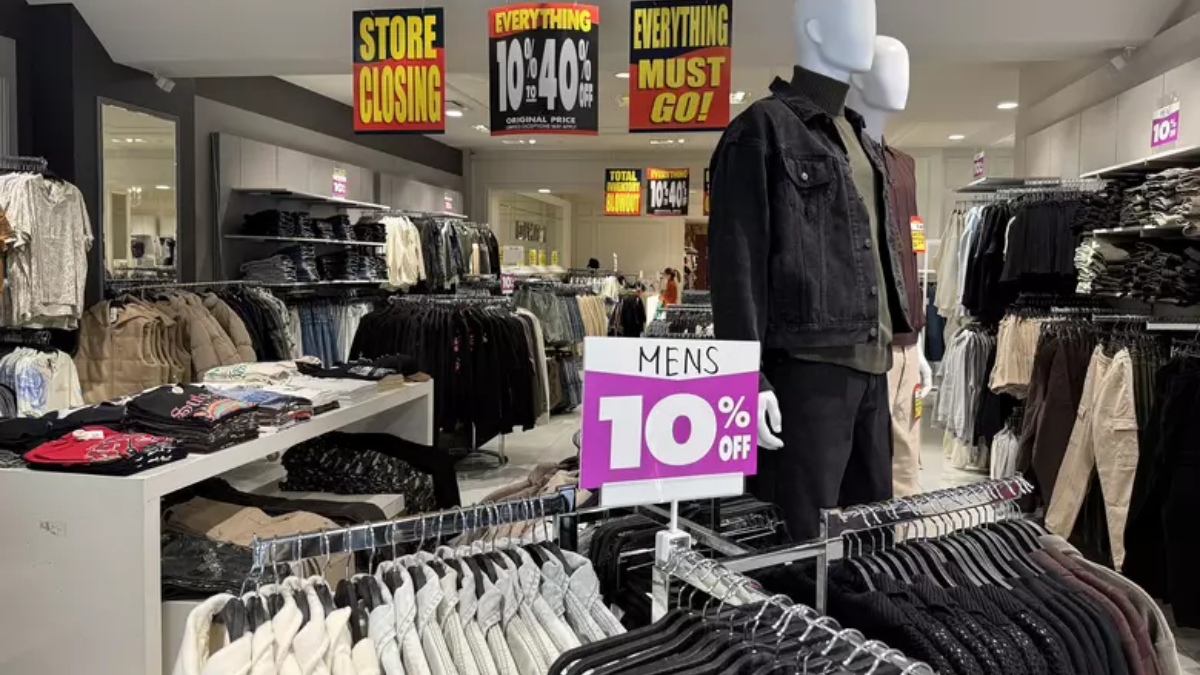South Carolina shoppers are saying goodbye to a well-known fashion chain as the company permanently closes all its locations across the state. The sudden shutdown has left many loyal customers disappointed and retail industry experts analyzing the factors that led to the closure.
While the retailer has not provided an official statement on the specific reasons behind the decision, industry analysts point to economic challenges, shifting consumer behavior, and the rise of e-commerce as key contributing factors.
The End of an Era for Fashion Shoppers
For years, this popular fashion retailer has been a go-to destination for shoppers looking for trendy yet affordable clothing. With locations in major shopping malls and retail centers, the brand catered to fashion-conscious consumers seeking stylish apparel without breaking the bank.
However, recent financial struggles and the growing dominance of online shopping platforms have created an increasingly difficult retail environment for brick-and-mortar stores.
Customers who frequented the retailer have expressed their disappointment on social media, with many reminiscing about shopping experiences, special sales, and the affordability of the brand.
Several shoppers noted that they relied on the store for last-minute fashion finds, seasonal wardrobe updates, and budget-friendly options for families. Now, they will need to look elsewhere for similar products at comparable prices.
Economic Impact on Local Communities
The closure of all South Carolina locations is not just a loss for shoppers—it also has significant economic implications for local communities. The retailer employed hundreds of workers across the state, many of whom are now left without jobs.
Employees have voiced concerns about securing new employment in a competitive job market, particularly those who have worked for the company for several years.
Beyond the immediate job losses, the shutdown will likely have a lasting impact on shopping centers and malls that housed these stores. The departure of a major retailer can reduce foot traffic, making it more challenging for other businesses in the vicinity to attract customers.
Property owners may struggle to fill the vacant spaces left behind, leading to financial difficulties for landlords and property management companies.
Why Retailers Are Struggling
The closure of this fashion chain reflects broader challenges facing the retail industry. Brick-and-mortar stores have been under increasing pressure due to the rapid rise of e-commerce. Consumers are now more inclined to shop online, drawn to the convenience of home delivery, a wider selection of products, and competitive pricing offered by digital retailers.
Additionally, economic factors such as inflation, supply chain disruptions, and fluctuating consumer spending habits have further complicated the retail landscape. Many businesses that once thrived in physical locations are struggling to adapt to these changes.
Companies that fail to develop a strong online presence or adjust to new consumer preferences risk falling behind their competitors.
While some fashion brands have successfully transitioned to a hybrid model—offering both physical stores and a robust online shopping experience—others have struggled to keep up. Experts believe that retailers must continue to innovate, improve customer engagement, and embrace digital strategies to survive in the modern market.

What’s Next for South Carolina Shoppers?
With this well-known fashion chain closing its doors, consumers in South Carolina will need to explore alternative shopping options. Several competing retailers, both online and in-store, may see an increase in customers searching for similar fashion products.
Discount stores, department stores, and online marketplaces are likely to benefit from the shift in consumer demand.
Local boutiques and smaller fashion retailers may also gain new customers as shoppers seek new places to find affordable and stylish clothing. Some shoppers may turn to secondhand and thrift stores as an alternative way to find fashionable pieces at lower prices. This could provide an economic boost for smaller businesses and locally owned shops.
Meanwhile, major online fashion retailers are expected to attract former customers of the closed chain. Companies that offer fast shipping, frequent discounts, and an easy return process are positioned to capitalize on the shift in shopping habits.
As more people become comfortable with digital shopping experiences, traditional retail stores must adapt to remain relevant.
The Future of Retail in South Carolina
The retail landscape in South Carolina, like much of the country, is undergoing significant changes. As large retailers shut down, new businesses may emerge to fill the gaps. The future of retail will likely be shaped by a combination of physical stores, e-commerce, and innovative business models that cater to evolving consumer preferences.
Industry experts suggest that surviving retailers must focus on enhancing the customer experience, offering unique in-store attractions, and integrating digital shopping options. Personalized shopping services, virtual fitting rooms, and loyalty programs are just a few ways that businesses can retain customers in an increasingly competitive market.
Conclusion
The closure of all South Carolina locations of this popular fashion chain marks the end of an era for loyal customers and retail workers alike. While the loss is significant, it also highlights the challenges faced by brick-and-mortar retailers in an evolving digital world.
As consumer habits shift, businesses that adapt to these changes will have a better chance of thriving in the future.
For former customers of this chain, the search for affordable and trendy fashion will continue through other retailers, both online and in-store. Meanwhile, local communities and shopping centers will need to find new ways to attract shoppers and revitalize retail spaces left vacant by the closures.
Moving forward, the retail industry will need to embrace innovation, customer engagement, and digital transformation to stay relevant in the face of an increasingly online-driven market.
For more updates on retail store closures and industry trends, visit Retail Dive.
Disclaimer – Our team has carefully fact-checked this article to make sure it’s accurate and free from any misinformation. We’re dedicated to keeping our content honest and reliable for our readers.
